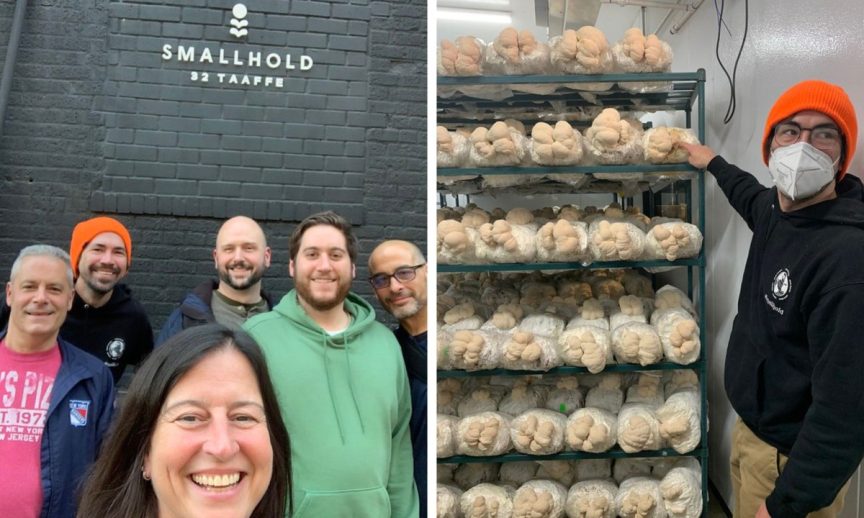Vertical farming is an age-old practice of growing crops in stacked layers. Throughout history, civilizations have used various methods of vertical farming tailored to the needs of the times. The Hanging Gardens of Babylon are the historical origin of the vertical farming we see today.
Growing populations and the loss of farmable land mass have led to a modern resurgence, particularly in dense urban areas. This often incorporates controlled-environment agriculture, which aims to optimize plant growth and soilless farming techniques. Common structures that house vertical farming systems include buildings, shipping containers, tunnels, and abandoned mine shafts.

The benefits of vertical farming are abundant. Aside from farming and harvesting in a smaller geographical footprint, vertical farming has greatly enhanced our sustainable supply chain by allowing us to circumvent industrial agriculture and its soil degradation, excessive pesticides, and long-haul transportation.

There are 3 common types of vertical farming:
Hydroponics is the technique of growing plants without dirt. In hydroponic systems, the roots of plants are submerged in liquid solutions containing macronutrients, such as nitrogen, phosphorus, sulfur, potassium, calcium, and magnesium, as well as trace elements.
Aquaponics combines two concepts: aquaculture, which refers to fish farming, and hydroponics, growing plants without soil.
Aeroponics was invented by NASA in the 1990s to efficiently grow plants in space. Unlike prior techniques, aeroponics does not require any liquid or solid medium. Instead, a liquid solution with nutrients is misted over plants suspended in air chambers. Aeroponics is the most sustainable soilless growing process.
At Thomas Preti, we partner with several local vertical farms, including Brooklyn Grange, Gotham Greens, and Smallhold. Each has a fascinating approach to vertical farming in New York City.
Brooklyn Grange, with farms in Brooklyn and Queens, operates the world’s largest soil-based rooftop collective. Their season has multiple harvests of hyper-seasonal vegetables and micro greens. Natural pollination is provided through rooftop apiaries, which has an ancillary benefit of amazing honey, which we feature on menus like our cheese and charcuterie boards.

Gotham Greens operates 550,000 square feet of greenhouses throughout 5 states and can be found in NYC, Chicago, Baltimore, and Colorado. Specializing in leafy greens, the local harvest provides first-day harvest and second-day delivery. This partnership enables us to proudly assert that ingredients from Gotham Greens go from harvest to plate within 24 hours.
Smallhold is a mushroom farm housed in an unassuming Brooklyn warehouse. Our culinary team recently had the pleasure of touring their facility. Smallhold uses a simple method to germinate their mushrooms and maintains them in a temperature- and light-controlled environment. We exclusively use Smallhold’s mushrooms at Preti. And, like Gotham Greens, we can say that whatever we source from this local farm hits our clients’ plates in a very short turnaround.

These innovative local farms empower us to deliver rapid harvest-to-plate times, which avoids food waste typical of long-haul produce and promotes untreated natural ingredients free from industrial farming additives.
As chefs in NYC, never did we think we’d be able to take an agrarian approach to our ingredients and the dishes we create. But thanks to these incredible partners, now we do.
